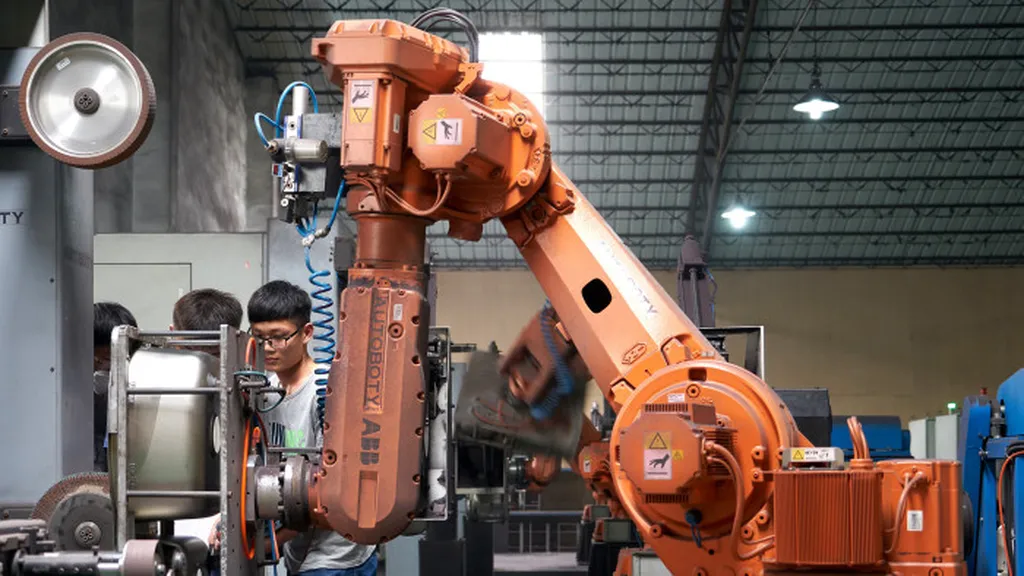In the face of a growing global population and the looming specter of climate change, the agricultural sector is turning to cutting-edge technologies to boost productivity and use land more efficiently. A recent study published in *Frontiers in Plant Science* (translated to English as “Frontiers in Agricultural Science”) sheds light on how modern agricultural technologies are revolutionizing the way we grow food, offering promising solutions for food security and environmental sustainability.
The research, led by Xie Chen, explores the transformative potential of innovations such as precision agriculture, biotechnology, smart irrigation, automation, vertical farming, and artificial intelligence (AI). These technologies are not just buzzwords; they are practical tools that are already making a significant impact on the ground.
Precision agriculture, for instance, is a game-changer. By leveraging GPS, drones, and the Internet of Things (IoT), farmers can monitor their fields with unprecedented accuracy. “Precision agriculture has been shown to improve yields by 20–30% and cut input waste by 40–60%,” says Chen. This means farmers can produce more food while using fewer resources, a critical advantage in an era of resource scarcity.
Biotechnology is another area where significant strides are being made. Techniques like CRISPR and genetically modified organisms (GMOs) are enabling the development of crops that are resistant to drought and pests. For example, Bt cotton, a genetically modified variety, has reduced pesticide use by 50% in India. “These advancements are not just about increasing yields; they are about stabilizing them in the face of climate change,” Chen explains.
Smart irrigation systems are also playing a crucial role. By using sensors and data analytics, farmers can optimize water usage, boosting efficiency by 40–60%. This is particularly important in regions where water scarcity is a pressing issue.
Automation and robotics are addressing labor shortages and reducing costs by 25%. These technologies are not only increasing efficiency but also making farming more attractive to the next generation of farmers.
Vertical farming is another innovative approach that is gaining traction. By growing crops in stacked layers, often in controlled environments, vertical farms can produce 10–20 times more yield with 95% less land and water. This method is particularly suitable for urban areas, where space is limited.
AI is also making waves in the agricultural sector. AI analytics can enhance decision-making with over 90% accuracy in forecasting and resource allocation. This means farmers can make more informed decisions, leading to better outcomes.
Despite these promising advancements, there are challenges to overcome. High costs, technological illiteracy, and regulatory issues are hindering the adoption of these technologies, especially among smallholders. “Policy support, public-private partnerships, and training are vital for broader technology access and fair benefits,” Chen emphasizes.
The integration of renewable energy and circular economy principles into agricultural technology presents a path to sustainability. This holistic approach ensures that the benefits of these technologies are not just economic but also environmental.
The research highlights the transformative potential of modern technologies for sustainable intensification, increasing productivity without expanding farmland, while lessening environmental impacts. It underscores the need for coordinated efforts to overcome adoption challenges and harness these innovations for global food security and climate resilience.
As we look to the future, the findings of this study suggest that the agricultural sector is on the cusp of a technological revolution. By embracing these innovations, we can create a more sustainable and food-secure world. The journey is just beginning, and the possibilities are endless.

